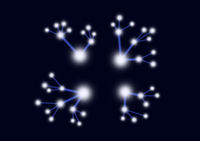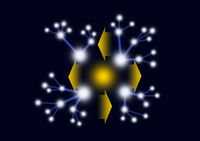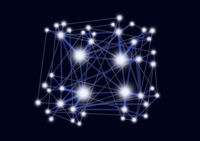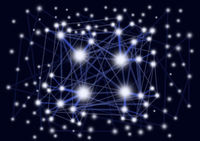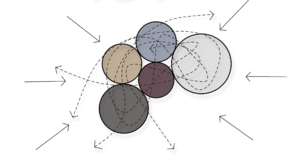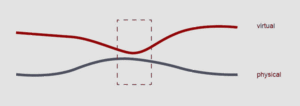atom06:Concept
(→Intervention) |
|||
| Line 71: | Line 71: | ||
'''2.''' the '''larger boundary''' between the physical network and the virtual network, which is an interactive interface between the '''people and the physical location'''. Via internet through a smart phone, computer, or an urban located interactive station that all '''interactively relate''' back and forth with the public platform. | '''2.''' the '''larger boundary''' between the physical network and the virtual network, which is an interactive interface between the '''people and the physical location'''. Via internet through a smart phone, computer, or an urban located interactive station that all '''interactively relate''' back and forth with the public platform. | ||
| − | |||
| − | |||
| − | |||
[[Image:Concept-diagrams-1.gif|thumb|300px|connecting the physical and the virtual]] | [[Image:Concept-diagrams-1.gif|thumb|300px|connecting the physical and the virtual]] | ||
| − | |||
| − | |||
| − | |||
Revision as of 15:18, 11 October 2011
Concept strategy
Our idea is to facilitate redistribution of existing networks connecting various actors on our site in real-time and beyond our location.
- identifying the networks so we know if, how various user groups are connected
-
- attract people on the site so they can mix and connect with each other and other beyond the site
- we found out the common activities of user groups to let them interact with each other
- arrange activities as intermediates to facilitate mixing of different user groups that are currently not well connected
- magnetic fields of push and pull
-
findings (analysis)
- the residents of Delft and the TU are not or barely interacting (creating a division in the unity of the city)
- Currently, the twitter study highlighted the existance of a virtual Network "around" the site: people are trying to connect
- by mapping activities we found similar interests/activities between some of the actors
proposed actions
- use the actor-network theory to help us organize/find the current actors and existing networks (be it people, bats or organizations)
- introduce new actors (intermediators, be it people or objects) to reconfigure and redistribute those relationships in a more closely knit network
- merge the physical and the virtual as a plugin like in Avatar
- create (virtual and physical) activities that attract residents and students and lets them interact
future results
- this will create a more coherent Delft where people will know more about each other and interact more, creating a more coherent city
Summary of theory: Actor-Network
The Actor-Network-Theory (ANT), is a sociological theory developed by Bruno Latour. This network contains not only people, but also objects and organizations that are all on equal level. Combining social and technical elements in their influence and cohesion.
Intervention
We are redistributing the action of the network by finding activities that work as attractors. The new activities work as intermators creating new connections in the network.
In practise, our project is divided in two main parts.
1. The center, that is a physical/virtual main public platform that attracts people from different user groups to our site (which is the center between the TU and the city center) where they can interact and communicate
2. the larger boundary between the physical network and the virtual network, which is an interactive interface between the people and the physical location. Via internet through a smart phone, computer, or an urban located interactive station that all interactively relate back and forth with the public platform.
the 'interactive objects' can be installations as additions in the network, where people are invited to actively play a part where they are not located. This way the TU and the city are bonded even closer.
